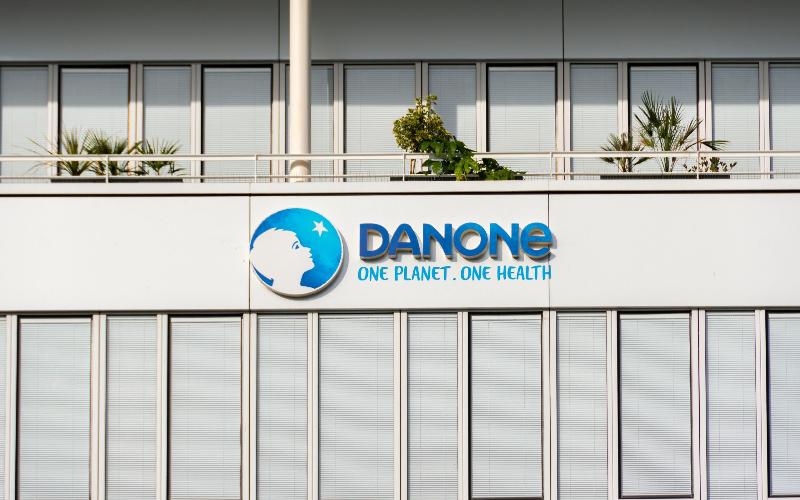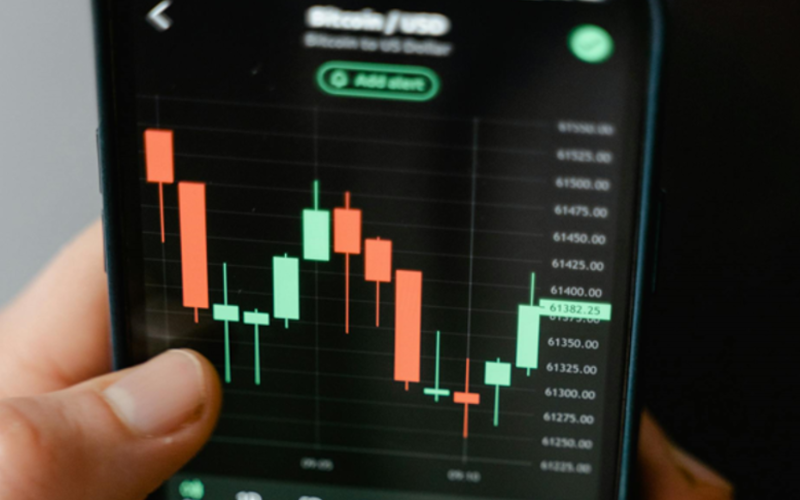In Zurich, they learned how to extract gold with the help of whey
Sourse: The DairyNews
ETH researchers extract the precious metal from electronic waste. Their new method is particularly robust: it is based on a sponge made of protein fibers, which scientists produce from whey, a byproduct of the food industry.

Image: ETH Zurich / Alan Kovacevich
Raffaele Mezzenga, a professor at the Department of Medical Sciences and Technology at ETH Zurich, was able to extract gold from electronic waste using a byproduct of cheese production.
The scientists denatured the whey proteins using high temperature and acid, so that they aggregated into protein nanofibers in a gel. This gel was then dried into a sponge made of these protein fibers.
To recover the gold in a laboratory experiment, scientists took electronic boards from 20 old computers and removed the metal parts. They dissolved them in an acid bath, turning the metals into ions.
When a sponge made of protein fibers was placed in a solution of metal ions, gold ions attached to the protein fibers.
Ions of other metals can also attach to fibers, but gold ions attach in much larger quantities.
In the next step, the researchers heated the sponge. This led to the crystallization of gold ions into flakes, which eventually scientists were able to melt into a gold nugget. Of the 20 computer boards, they received a nugget weighing about 450 milligrams with a share of gold in the total weight of 91 percent (the rest is copper), which corresponds to almost 22 carats.
The new technology is economical — the cost of extracting raw materials and energy costs for the entire process are 50 times less than the cost of gold that can be mined.
Raffaele Mezzenga, a professor at the Department of Medical Sciences and Technology at ETH Zurich, was able to extract gold from electronic waste using a byproduct of cheese production.
The scientists denatured the whey proteins using high temperature and acid, so that they aggregated into protein nanofibers in a gel. This gel was then dried into a sponge made of these protein fibers.
To recover the gold in a laboratory experiment, scientists took electronic boards from 20 old computers and removed the metal parts. They dissolved them in an acid bath, turning the metals into ions.
When a sponge made of protein fibers was placed in a solution of metal ions, gold ions attached to the protein fibers.
Ions of other metals can also attach to fibers, but gold ions attach in much larger quantities.
In the next step, the researchers heated the sponge. This led to the crystallization of gold ions into flakes, which eventually scientists were able to melt into a gold nugget. Of the 20 computer boards, they received a nugget weighing about 450 milligrams with a share of gold in the total weight of 91 percent (the rest is copper), which corresponds to almost 22 carats.
The new technology is economical — the cost of extracting raw materials and energy costs for the entire process are 50 times less than the cost of gold that can be mined.
Key News of the Week














